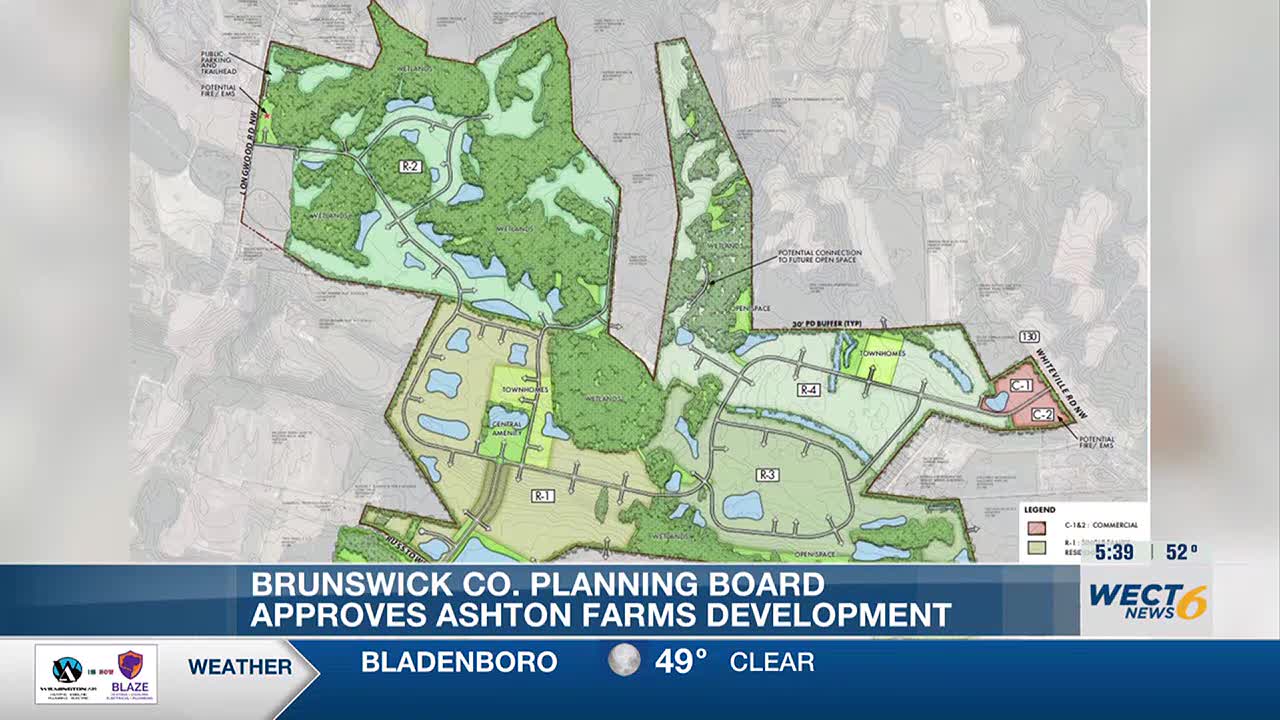Report on Community-Led Conservation and Sustainable Development in Phat Sanday, Cambodia
1.0 Introduction and Project Background
The Phat Sanday Community Fishery (CFi) in Cambodia has successfully addressed significant declines in fish catch and threats to local fishing grounds through a collaborative conservation initiative. Supported by the International Union for Conservation of Nature (IUCN) and the Fisheries Action Coalition Team (FACT) via a European Union-funded project, this effort serves as a model for achieving multiple Sustainable Development Goals (SDGs). The project, “Strengthening CSO capacities to scale up sustainable freshwater fisheries in Cambodia,” selected Phat Sanday as one of 20 communities to advance conservation efforts across the Tonle Sap and Upper Mekong regions.
2.0 Community Governance and Designated Conservation Area
The Phat Sanday CFi, established in 2002, comprises 400 members governed by an 11-member management committee. The community has been granted official access by the Cambodian government to 23,247 hectares of fishing grounds. A key component of this initiative is a designated Fish Conservation Area (FCA) recognized by the Fisheries Administration to protect critical fish breeding habitats. The FCA’s specifications include:
- Total Area: 921 hectares
- Flooded Forest Component: 870 hectares
3.0 Conservation Activities and Enforcement
The community has implemented a series of strategic actions to restore fish populations and protect the local ecosystem. These measures directly contribute to the sustainable management of natural resources.
- Regulatory Enforcement: A closed fishing season is strictly enforced from June 1 to September 30 annually, aligning with national regulations to allow fish populations to breed and recover.
- Boundary Demarcation: The FCA boundaries have been clearly demarcated and marked with signboards to prevent unintentional encroachment.
- Community Awareness: Efforts have been undertaken to raise local awareness regarding the importance of fish conservation for long-term sustainability.
- Patrol and Monitoring: Daily patrols conducted by community members have resulted in the virtual cessation of illegal fishing activities, such as electrofishing and the use of mosquito nets, within the protected FCA.
4.0 Outcomes and Contribution to Sustainable Development Goals (SDGs)
The success of the Phat Sanday CFi demonstrates a powerful link between community-led conservation and the achievement of global development targets. The project’s outcomes show significant progress across several SDGs.
4.1 SDG 14: Life Below Water & SDG 15: Life on Land
The primary objective of restoring aquatic biodiversity has been met with remarkable success, which has also generated positive impacts for terrestrial ecosystems.
- Fish catch has increased by 45% over three years.
- The return of endangered species, including juvenile giant barb, has been documented.
- The regrowth of the 870-hectare flooded forest has restored vital ecosystem functions.
- The restoration of fish habitats has led to the return of rare mammals, such as the smooth-coated otter and the Indochinese silvered langur, demonstrating broader biodiversity benefits.
4.2 SDG 1: No Poverty, SDG 2: Zero Hunger & SDG 8: Decent Work and Economic Growth
The ecological recovery has directly translated into improved socioeconomic conditions for the community, enhancing livelihoods and food security.
- Household fish harvests have reached 30-40 kg per day.
- Daily household income from fishing has increased to approximately $40.
- The restored fishery has enhanced local food security and provided a foundation for sustainable income growth.
4.3 SDG 13: Climate Action
The project has increased the community’s resilience to the impacts of climate change.
- The protected FCA now functions as a critical dry-season fish refuge, ensuring fish survival during periods of environmental stress and safeguarding fish stocks against climate-related fluctuations.
4.4 SDG 17: Partnerships for the Goals
The initiative exemplifies a successful multi-stakeholder partnership, uniting local communities with national and international bodies to achieve common goals.
- Key partners include the Phat Sanday CFi, the Cambodian Fisheries Administration, IUCN, FACT, and the European Union.
5.0 Conclusion
The Phat Sanday CFi’s success demonstrates that community-led, nature-based solutions are highly effective for achieving integrated environmental and socioeconomic objectives. By focusing on the restoration of fish stocks, the community has generated positive outcomes for poverty reduction, food security, biodiversity conservation, and climate resilience. This case serves as an inspirational and replicable model for other communities around the Tonle Sap and beyond, illustrating a practical pathway to attaining the Sustainable Development Goals.
1. Which SDGs are addressed or connected to the issues highlighted in the article?
SDG 1: No Poverty
- The article highlights a significant increase in household income for the fishing community, directly addressing the goal of poverty reduction.
SDG 2: Zero Hunger
- The project contributes to food security by increasing fish catch, which is a primary source of food and nutrition for the local population.
SDG 5: Gender Equality
- The article mentions the inclusion of women in the leadership of the community fisheries, touching upon the goal of ensuring women’s participation in decision-making.
SDG 13: Climate Action
- The restoration of the fish conservation area has increased the community’s resilience to climate change, specifically by creating a refuge for fish during the dry season.
SDG 14: Life Below Water
- This is a central theme, as the entire project focuses on the conservation and sustainable use of freshwater fisheries, combating illegal fishing, and protecting fish breeding habitats.
SDG 15: Life on Land
- The project’s success extends to terrestrial and freshwater ecosystems, evidenced by the regrowth of the flooded forest and the return of rare mammals, thus halting biodiversity loss.
SDG 16: Peace, Justice and Strong Institutions
- The article describes the establishment and effective functioning of the Phat Sanday Community Fishery (CFi) as a local institution that enforces regulations and manages natural resources.
SDG 17: Partnerships for the Goals
- The project is a multi-stakeholder partnership involving a local community (Phat Sanday CFi), NGOs (IUCN, FACT), and an international funding partner (EU), demonstrating a collaborative approach to achieving sustainable development.
2. What specific targets under those SDGs can be identified based on the article’s content?
- Target 1.2: By 2030, reduce at least by half the proportion of men, women and children of all ages living in poverty in all its dimensions according to national definitions.
- The article supports this by noting that increased fish catch has led to income growth, with households earning “$40/day,” directly impacting their economic status.
- Target 2.1: By 2030, end hunger and ensure access by all people, in particular the poor and people in vulnerable situations, including infants, to safe, nutritious and sufficient food all year round.
- The article states that the project “contributed to food security” through a 45% increase in fish catch.
- Target 5.5: Ensure women’s full and effective participation and equal opportunities for leadership at all levels of decision-making in political, economic and public life.
- The article mentions that the CFi’s “11-member management committee, including two women,” points to progress in this area.
- Target 13.1: Strengthen resilience and adaptive capacity to climate-related hazards and natural disasters in all countries.
- The article explicitly states that the fish conservation area “has become a dry season fish refuge, increasing resilience to climate change.”
- Target 14.2: By 2020, sustainably manage and protect marine and coastal ecosystems to avoid significant adverse impacts, including by strengthening their resilience, and take action for their restoration in order to achieve healthy and productive oceans.
- Though focused on freshwater, the principle applies. The community designated a “921-hectare fish conservation area (FCA)” to “protect fish breeding habitat” and restore the ecosystem.
- Target 14.4: By 2020, effectively regulate harvesting and end overfishing, illegal, unreported and unregulated fishing and destructive fishing practices.
- The community’s “daily patrols have resulted in a sharp decline in illegal fishing,” with activities like electrofishing and mosquito net use being targeted.
- Target 15.1: By 2020, ensure the conservation, restoration and sustainable use of terrestrial and inland freshwater ecosystems and their services, in particular forests, wetlands, mountains and drylands.
- The project focuses on the Tonle Sap freshwater ecosystem and has led to the “flooded forest’s regrowth,” which has “restored the ecosystem.”
- Target 15.5: Take urgent and significant action to reduce the degradation of natural habitats, halt the loss of biodiversity and, by 2020, protect and prevent the extinction of threatened species.
- The article notes the return of “Endangered species such as juvenile giant barb” and “Rare mammals like the smooth-coated otter and Indochinese silvered langur.”
- Target 16.7: Ensure responsive, inclusive, participatory and representative decision-making at all levels.
- The success of the Phat Sanday CFi, a community-led initiative with 400 members, “demonstrates that community-led, nature-based solutions” are effective.
- Target 17.17: Encourage and promote effective public, public-private and civil society partnerships, building on the experience and resourcing strategies of partnerships.
- The project is explicitly a partnership between the Phat Sanday CFi, IUCN, the Fisheries Action Coalition Team (FACT), and the EU.
3. Are there any indicators mentioned or implied in the article that can be used to measure progress towards the identified targets?
- Income Level: The article provides a specific monetary value: “$40/day/household,” which serves as a direct indicator for poverty reduction (SDG 1) and economic growth.
- Fish Catch Volume and Growth: The “daily harvest of 30-40 kg/household” and the overall “45% increase” in fish catch are quantitative indicators for food security (SDG 2) and sustainable fisheries management (SDG 14).
- Women’s Participation in Leadership: The number of “two women” on the “11-member management committee” is a clear indicator for gender equality in decision-making (SDG 5).
- Reduction in Illegal Activities: The observation that “illegal fishing inside the FCA has virtually stopped” and there is a “sharp decline” overall is a qualitative indicator of effective enforcement and institutional strength (SDG 14, SDG 16).
- Area of Protected Habitat: The designation of a “921-hectare fish conservation area (FCA)” including “870 hectares of flooded forest” is a spatial indicator for ecosystem conservation (SDG 14, SDG 15).
- Return of Species: The documented return of “endangered species such as juvenile giant barb” and “rare mammals like the smooth-coated otter and Indochinese silvered langur” serves as a bio-indicator for ecosystem health and biodiversity recovery (SDG 15).
- Number of Partners: The involvement of the CFi, IUCN, FACT, and the EU is an indicator of multi-stakeholder partnerships (SDG 17).
4. Table of SDGs, Targets, and Indicators
| SDGs | Targets | Indicators Identified in the Article |
|---|---|---|
| SDG 1: No Poverty | 1.2: Reduce poverty in all its dimensions. | Household income increased to $40/day. |
| SDG 2: Zero Hunger | 2.1: End hunger and ensure access to food. | Fish catch increased by 45%; Daily harvest of 30-40 kg/household; Mention of improved “food security.” |
| SDG 5: Gender Equality | 5.5: Ensure women’s full participation and equal opportunities for leadership. | Two women included in the 11-member management committee. |
| SDG 13: Climate Action | 13.1: Strengthen resilience and adaptive capacity to climate-related hazards. | FCA serves as a dry season fish refuge, increasing resilience to climate change. |
| SDG 14: Life Below Water | 14.2: Sustainably manage and protect marine and coastal ecosystems. 14.4: End illegal, unreported and unregulated fishing. |
Establishment of a 921-hectare FCA; “Sharp decline” in illegal fishing; Illegal fishing “virtually stopped” inside the FCA. |
| SDG 15: Life on Land | 15.1: Ensure conservation and restoration of inland freshwater ecosystems. 15.5: Halt the loss of biodiversity. |
Restoration of 870 hectares of flooded forest; Return of endangered giant barb; Sighting of rare mammals (otter, langur). |
| SDG 16: Peace, Justice and Strong Institutions | 16.7: Ensure responsive, inclusive, and participatory decision-making. | Functioning community-led CFi with 400 members and an 11-member management committee. |
| SDG 17: Partnerships for the Goals | 17.17: Encourage and promote effective partnerships. | Collaboration between CFi, IUCN, FACT, and the EU. |
Source: iucn.org







